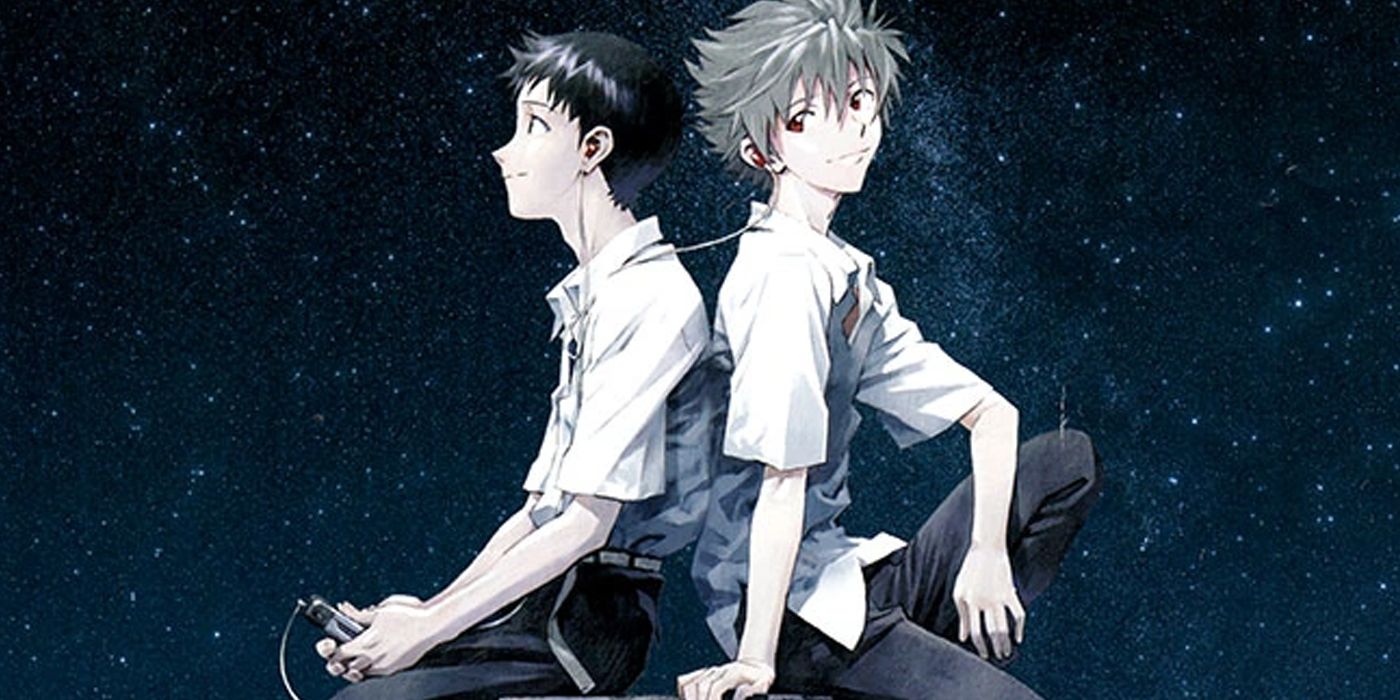
The anime series titled “Neon Genesis Evangelion” is known for its controversial endings, not just one but two. However, the Rebuild of Evangelion films have opted for a unique direction, making the original bold ending choices no longer applicable.
For almost a decade, the latest “Evangelion” media I’d encountered was the film “End of Evangelion,” which presented an alternate perspective on the series’ actual conclusion. This movie carried a strong air of finality and weight, despite being consistent with the original ending. “End of Evangelion” was a grim film, filled with character deaths and no joyful resolution for Shinji. Yet, when Hideaki Anno, the genius behind “Evangelion,” embarked on the “Rebuild of Evangelion” films, it became clear that this was a distinct narrative from the original anime series.
End of Evangelion Painted a Dark Picture of Shinji’s Life
The Film Ending Leaves Shinji In a Hopeless Situation
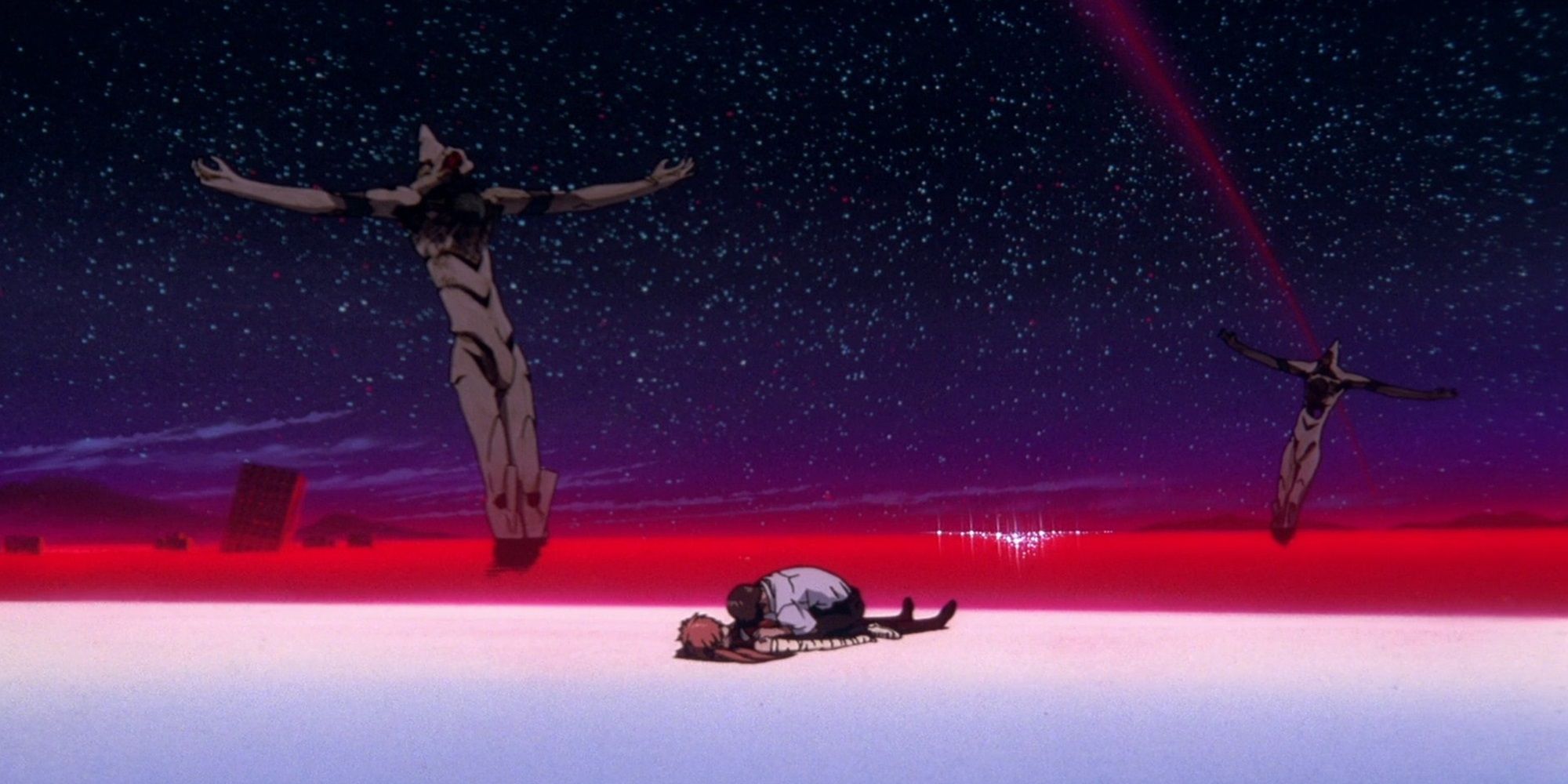
The original finale of Evangelion is often seen as highly abstract, focusing more on ideas than events, with Shinji eventually accepting himself and concluding the series in an unexpectedly optimistic manner. Conversely, End of Evangelion took a starkly different approach. Instead of being conceptual, it presented a literal sequence of events, leading viewers to witness their beloved characters meeting unfortunate fates one after another as the scenario deteriorated. As Shinji struggles to aid anyone, his sense of helplessness deepens, and with Instrumentality unfolding, there seems to be no hope remaining.
In the end, Shinji ultimately chooses to halt Instrumentality, but by then everyone has already been turned into LCL. They can reemerge as individuals from the LCL sea only if they wish it. This leaves Shinji and Asuka as the only characters remaining. However, Shinji violently strangles Asuka for reasons that remain unclear, and the film concludes with Asuka expressing her disdain towards him. This grim conclusion was quite unexpected at the start of the series and stirred up debate, leaving many viewers feeling it was harshly unsympathetic in a way seldom seen in works.
I recall vividly that first time I watched the movie, feeling utterly stunned by what unfolded before me. Nothing I’d seen earlier had prepared me for the rapid elimination of so many characters or the devastating depiction of Earth’s destruction. The final scene seemed to be a bleak reflection of Shinji’s depression, not merely ambivalence but a profound criticism of humanity as a whole. This bleak ending served to reinforce Shinji’s descent into despair, creating a new world shrouded in darkness.
The first time I saw the movie, I was totally shocked by what happened. It was unlike anything I’d seen before – it showed lots of characters dying quickly and Earth getting destroyed. The ending seemed to show Shinji giving up on fighting his depression, feeling hopeless about humanity as a whole, and creating a dark new world.
The Rebuild Movies Completely Flip End of Evangelion’s Bleakness
The New Movies Show a Shinji Who’s More Proactive
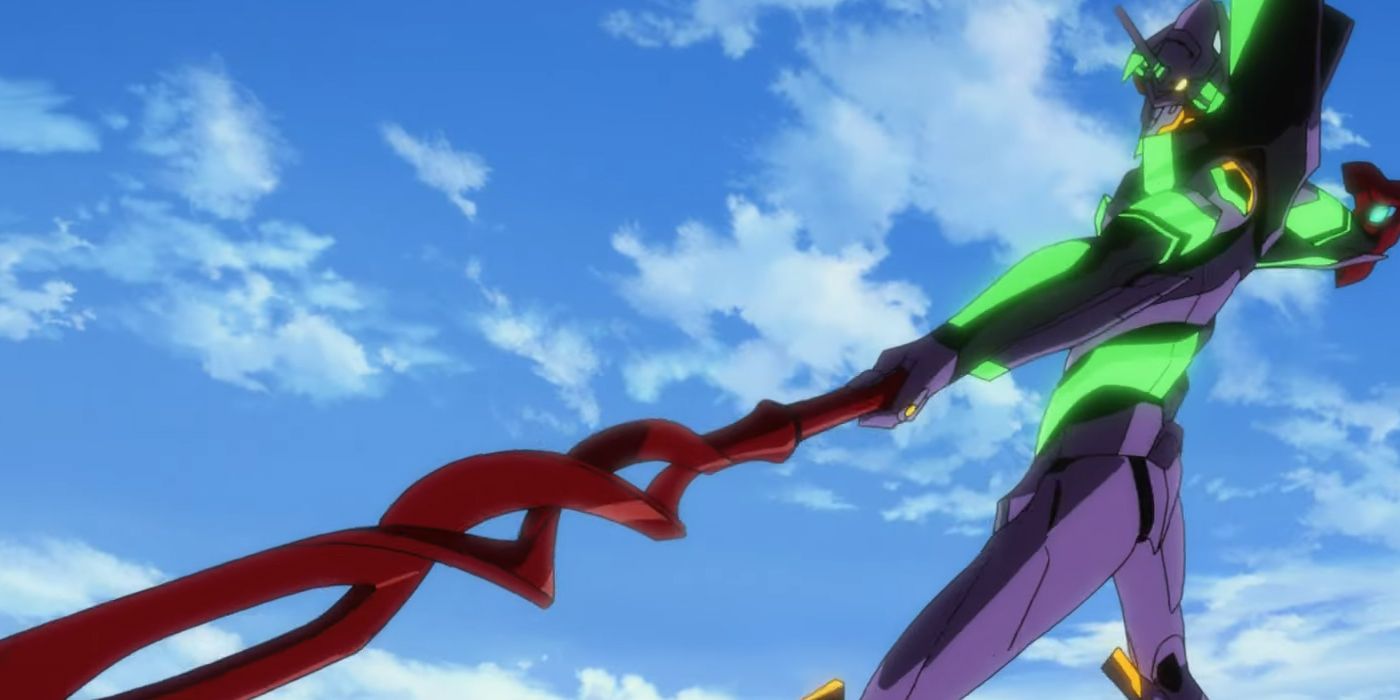
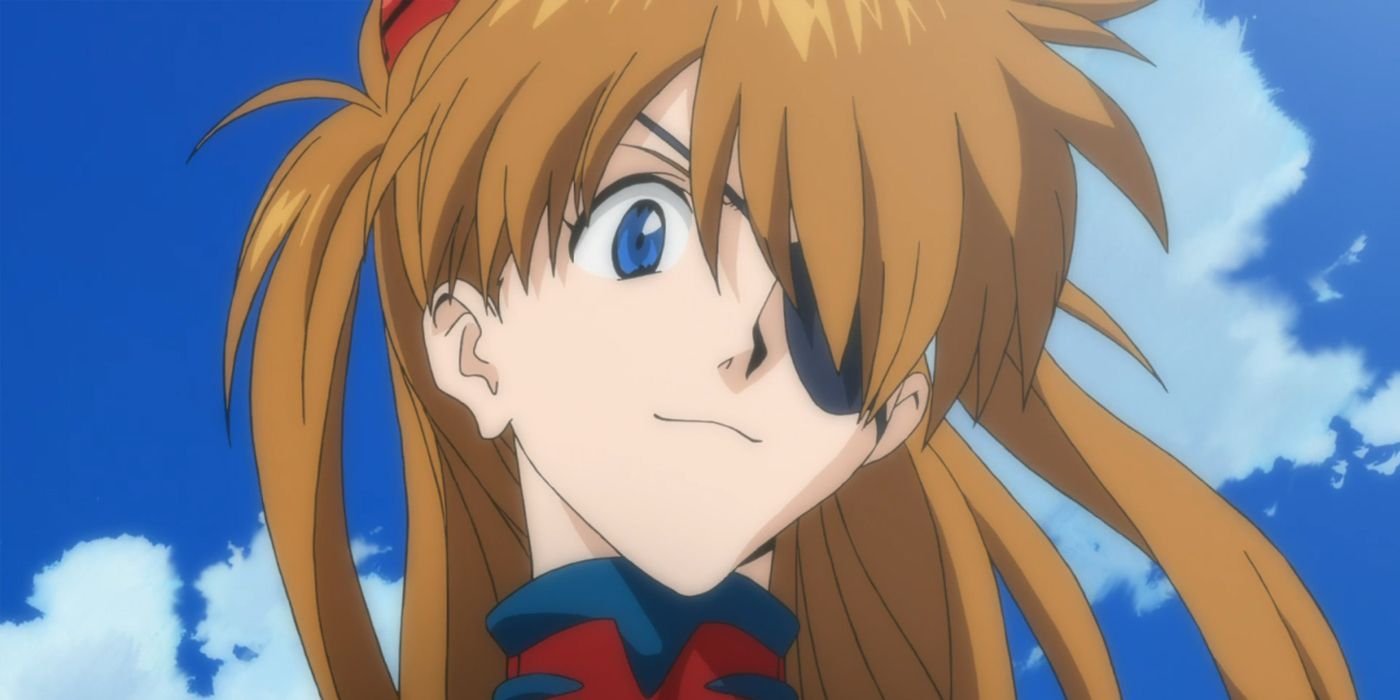
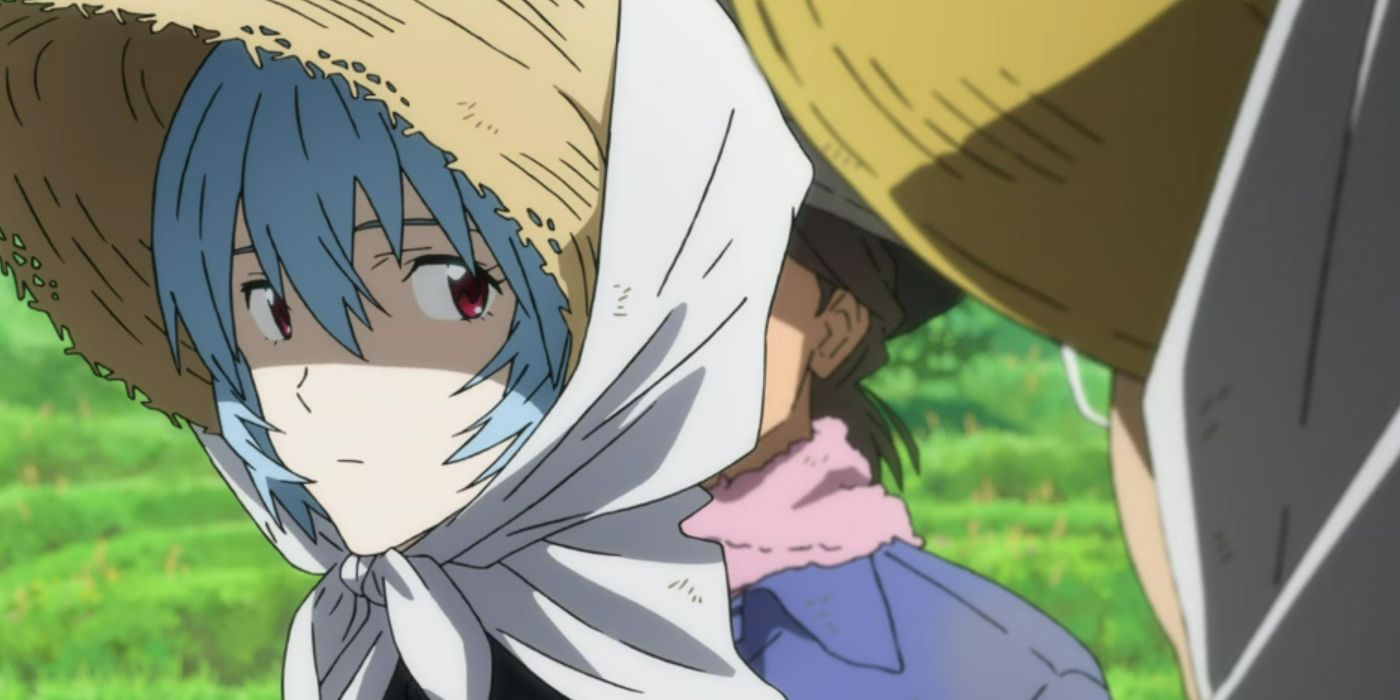
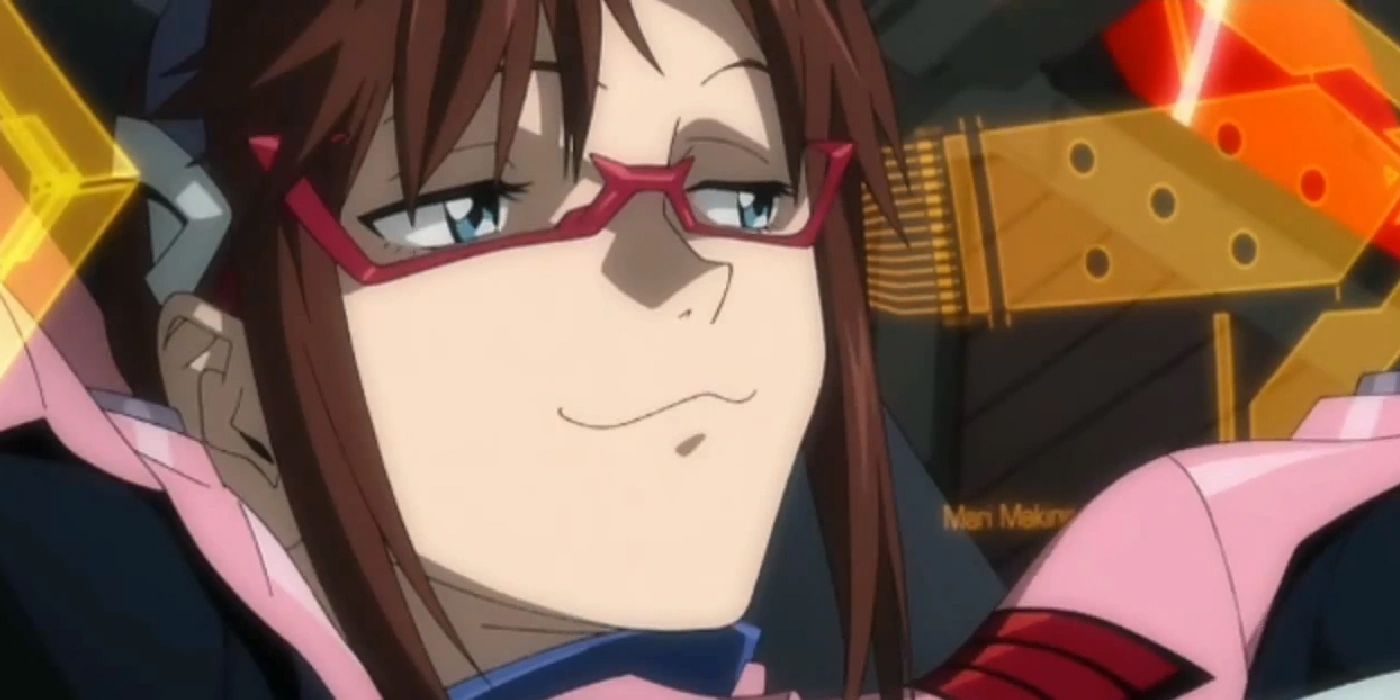
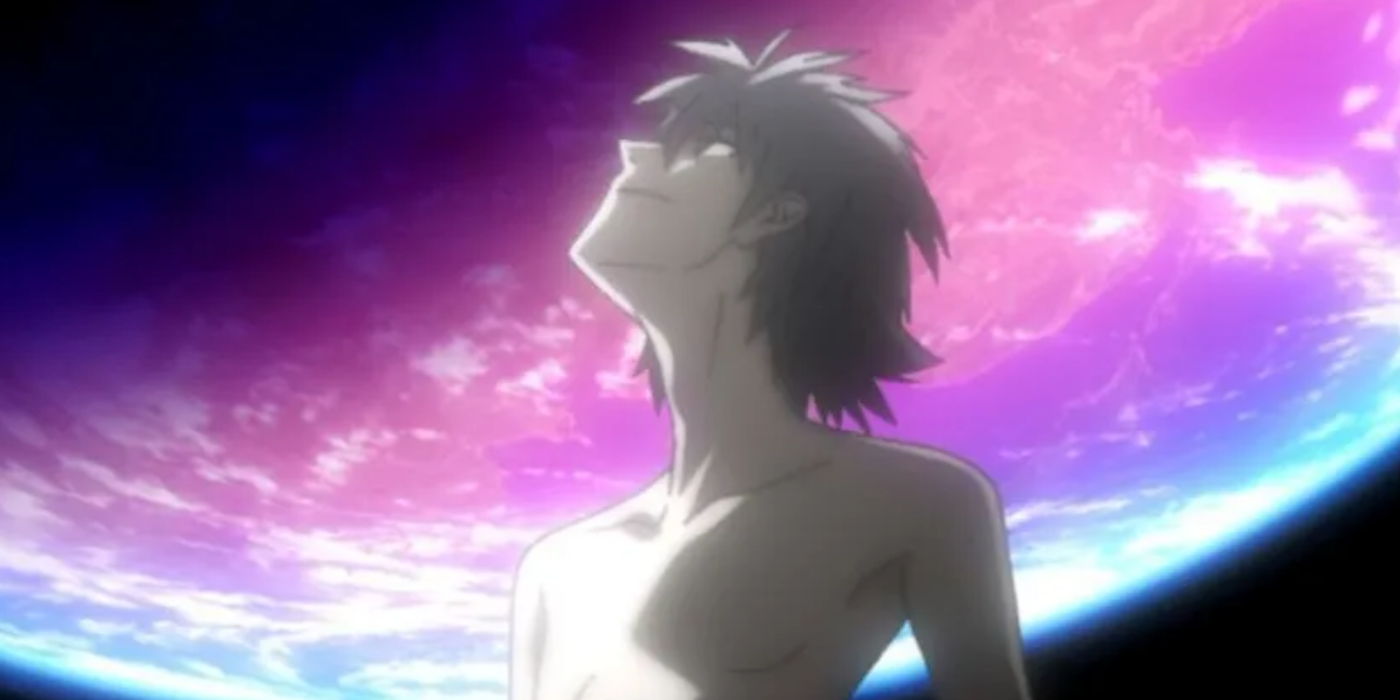
2007 marked the debut of fresh Evangelion content after many years: “Evangelion 1.0 You Are (Not) Alone”. This movie largely recounted the initial episodes of the series, albeit with slight variations like an early introduction of Kaworu. Fans could not have foreseen that this would initiate a 14-year narrative expedition, revisiting the Evangelion storyline from its origin, and each subsequent installment introduced more alterations until finally, the third and fourth movies diverged completely from the original plot. Essentially, the Rebuild films presented a unique take on the story compared to “The End of Evangelion”.
In these films, Shinji has transformed from a passive character who was often bullied and controlled in the original Neon Genesis Evangelion, into a more proactive individual. This transformation is particularly evident towards the end of the second film, Evangelion: 2.0 You Can (Not) Advance, where Shinji takes an active role to save Rei, even though he knows this action could be perilous. In this instance, Shinji demonstrates his newfound assertiveness by activating special features of the EVA and successfully rescuing Rei, expressing gratitude for her attempts to reconnect him with his father. This change in character suggests that the current version of Shinji is no longer the pushover he was initially portrayed as.
In the reimagined version of Shinji, we see him taking decisions, some of which might not be ideal, but significantly different from his original self who would often shy away from such choices. This suggests that in this alternate timeline, Shinji is mentally stronger and less prone to succumbing to despair as his former counterpart did. It was a sign that the events were unlikely to unfold the same way they did in ‘The End of Evangelion’ this time.
Contrasting the Rebuild Ending with End of Evangelion
Rebuild’s Fourth Movie is Far Happier than End of Evangelion
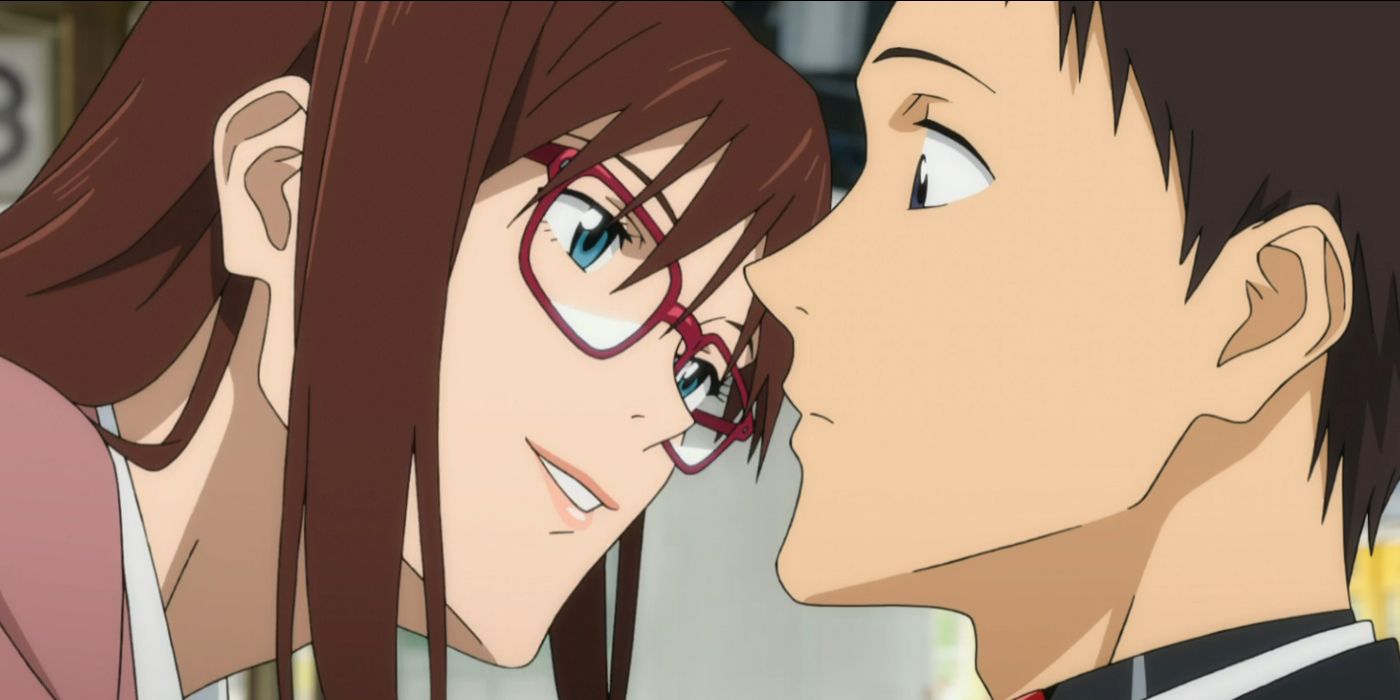
Ultimately, the fourth and concluding installment of the “Rebuild of Evangelion” film series was unveiled in 2021, giving fans another chance to witness the conclusion of the narrative, albeit with a twist. The final movie has sparked debate among viewers, particularly those who have favored the ending of “The End of Evangelion.” In this finale, Shinji is content and in a relationship with Mari, which stands in stark contrast to the despair that marked the end of the original film series. Remarkably, the movie suggests that the cast has been caught in a loop of events, suggesting that the occurrences depicted in the original series and “The End of Evangelion” took place in different alternate realities.
In both films, Shinji’s decision initiates the birth of a new era in each case, but the era in “End of Evangelion” is one shrouded in despair, a realization that comes too late. Conversely, in the “Rebuild” series, it leads to a world without EVAs altogether, offering not only Shinji, but everyone a chance to escape the repetitive cycle of past mistakes. It’s widely acknowledged that the original “Evangelion” was born from Anno’s personal battles with depression, and the bleak ending of “End of Evangelion” seems to reflect this struggle. However, the narrative of “Rebuild” appears to be crafted by someone who has overcome their depression, as it presents a story imbued with hope.
Is it more satisfying for Neon Genesis Evangelion to conclude with the hopeful resolutions depicted in the Rebuild series, or did its original, sorrow-laden finale hit the mark? This discussion may never be definitively resolved, but after following Shinji’s journey since 1995 up until 2021, I find myself rooting for a brighter outcome for him – an ending that truly fits his character and one he genuinely earned. Neon Genesis Evangelion‘s alterations to its contentious End of Evangelion finale may never be definitively considered superior, but from my perspective, these characters have endured enough.
Read More
- Best Crosshair Codes for Fragpunk
- Lucky Offense Tier List & Reroll Guide
- How to Get Seal of Pilgrim in AI Limit
- Wuthering Waves: How to Unlock the Reyes Ruins
- Enigma Of Sepia Tier List & Reroll Guide
- Nintendo Switch 2 logo to appear on Seattle Mariners jersey this season
- Unlock All Avinoleum Treasure Spots in Wuthering Waves!
- Final Fantasy Pixel Remaster: The Trials of Resurrection and Sleeping Bags
- Overwatch 2 Reveals Moth Meta, Receiving Mixed Reactions from Fans
- 2 Sick Easter Eggs in Final Destination Bloodlines Trailer
2025-02-14 16:38